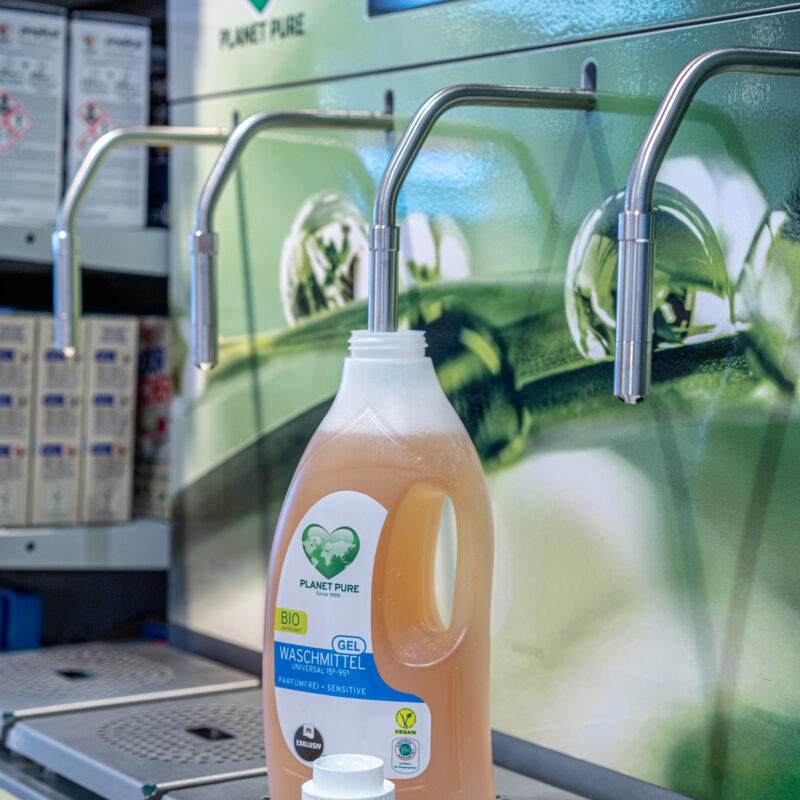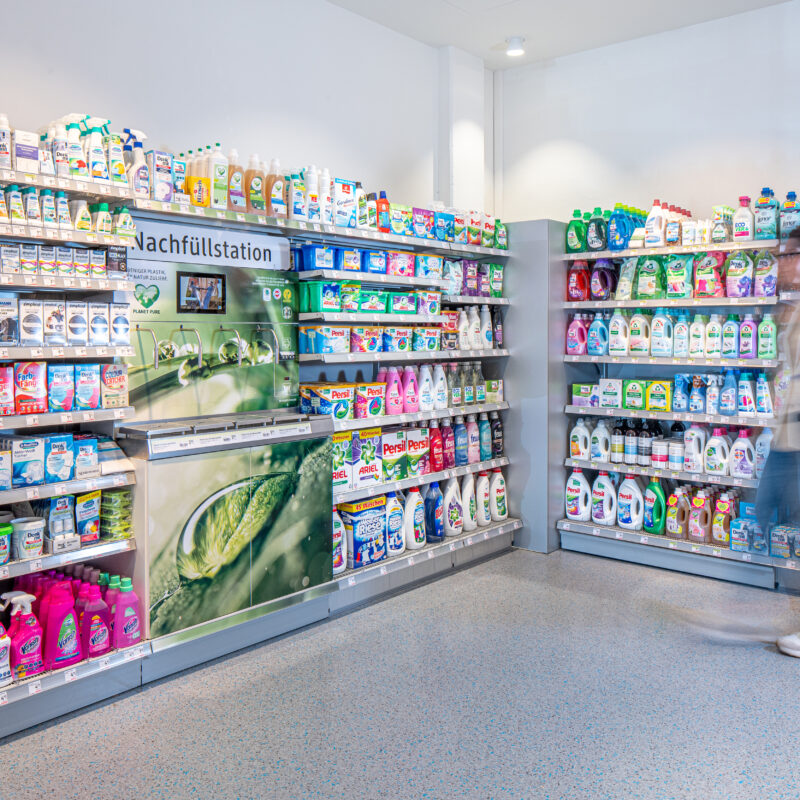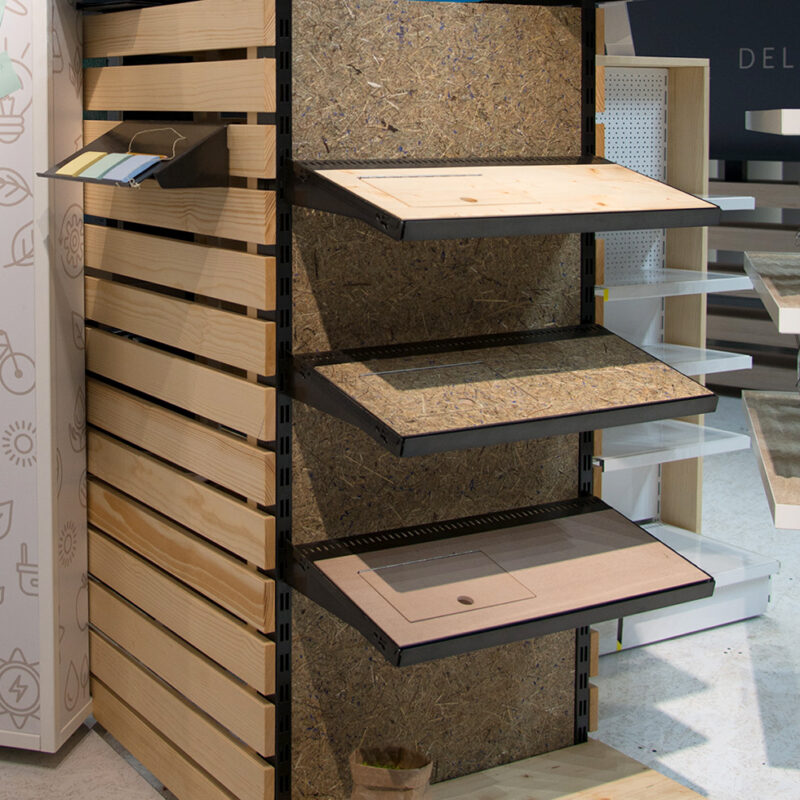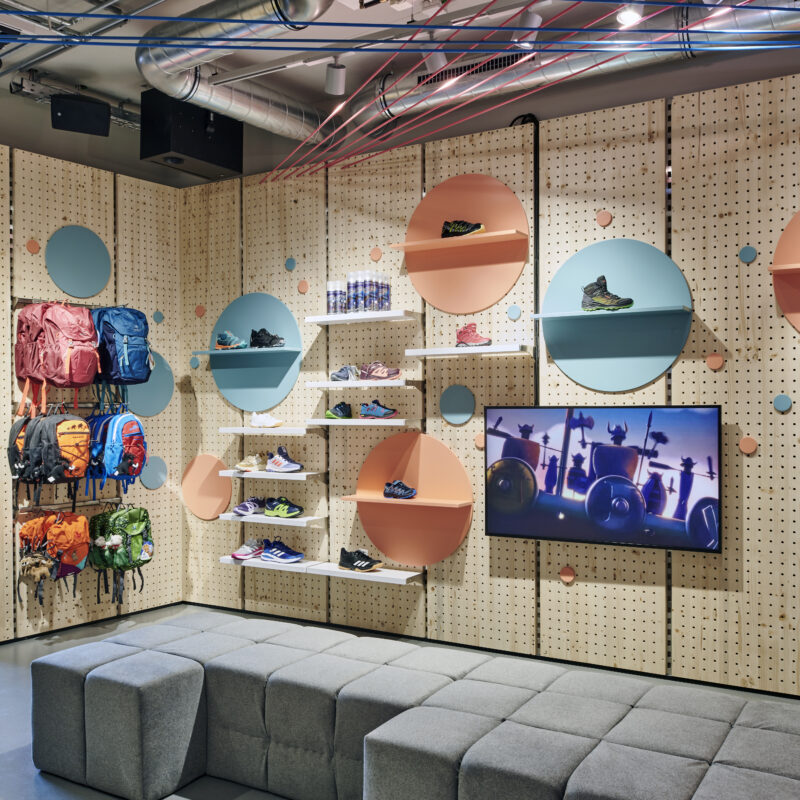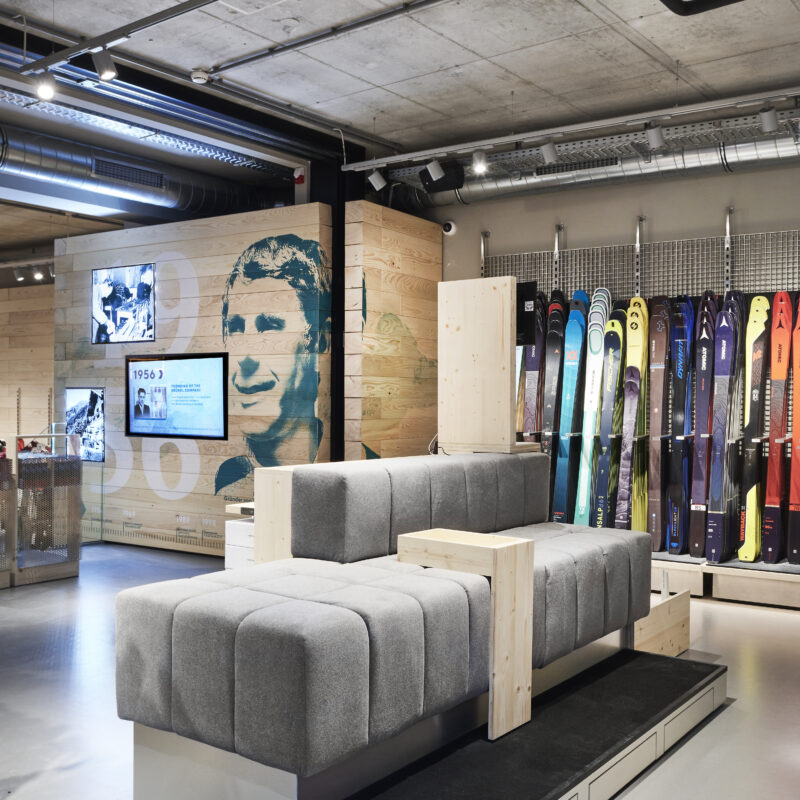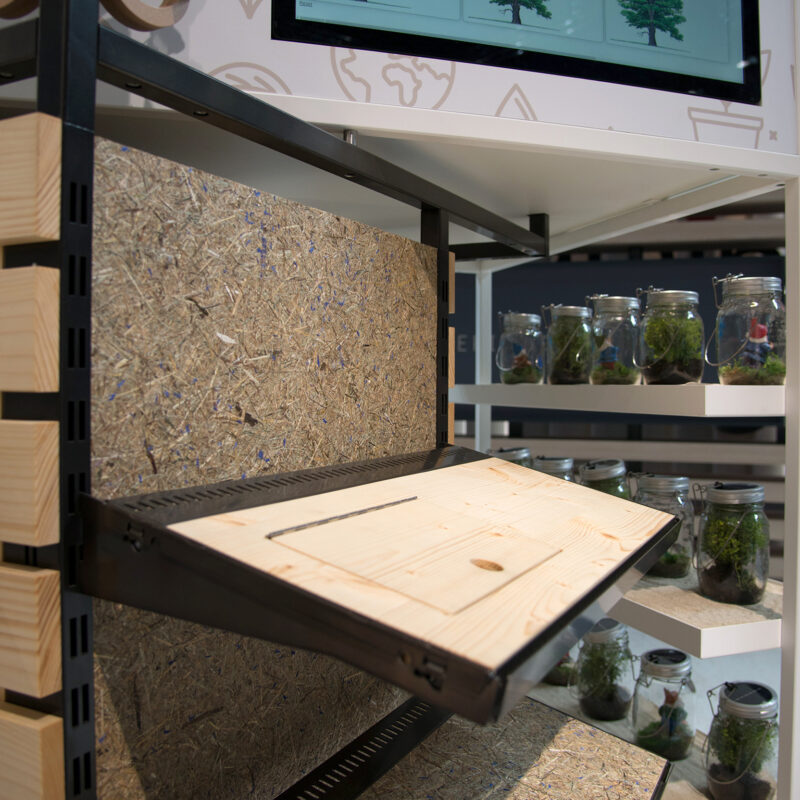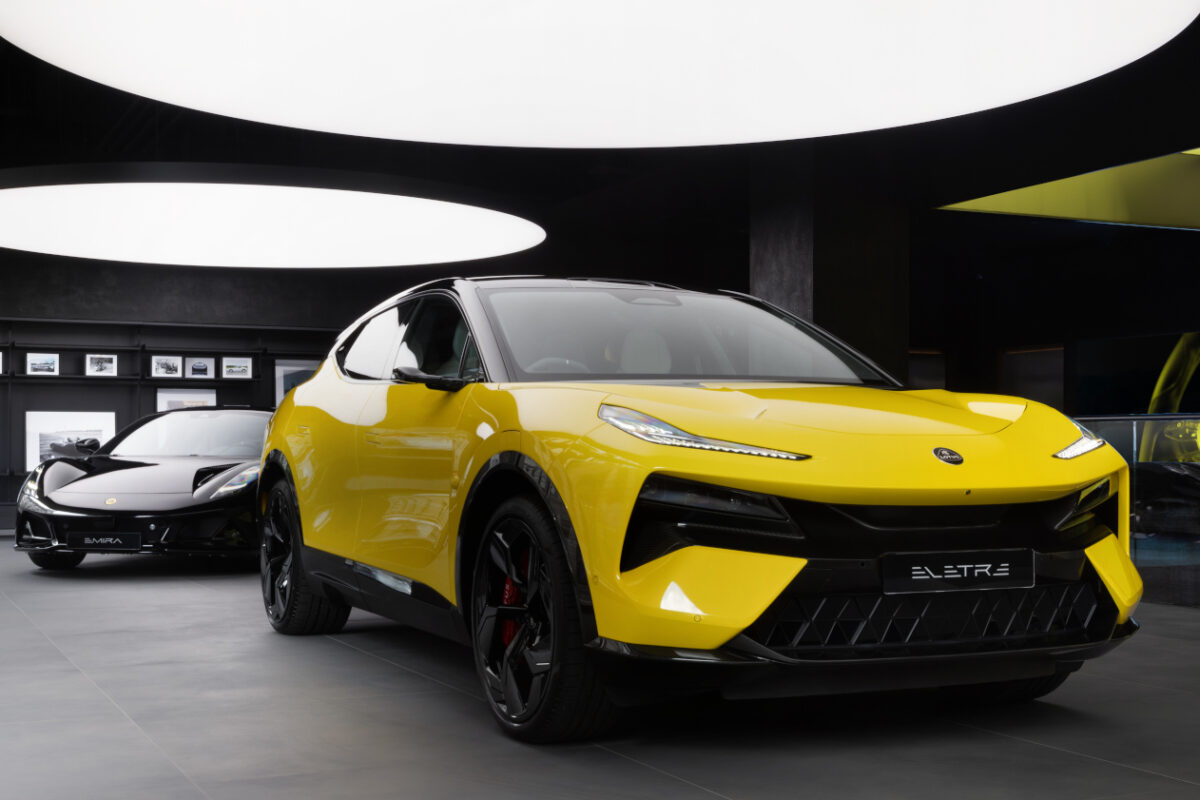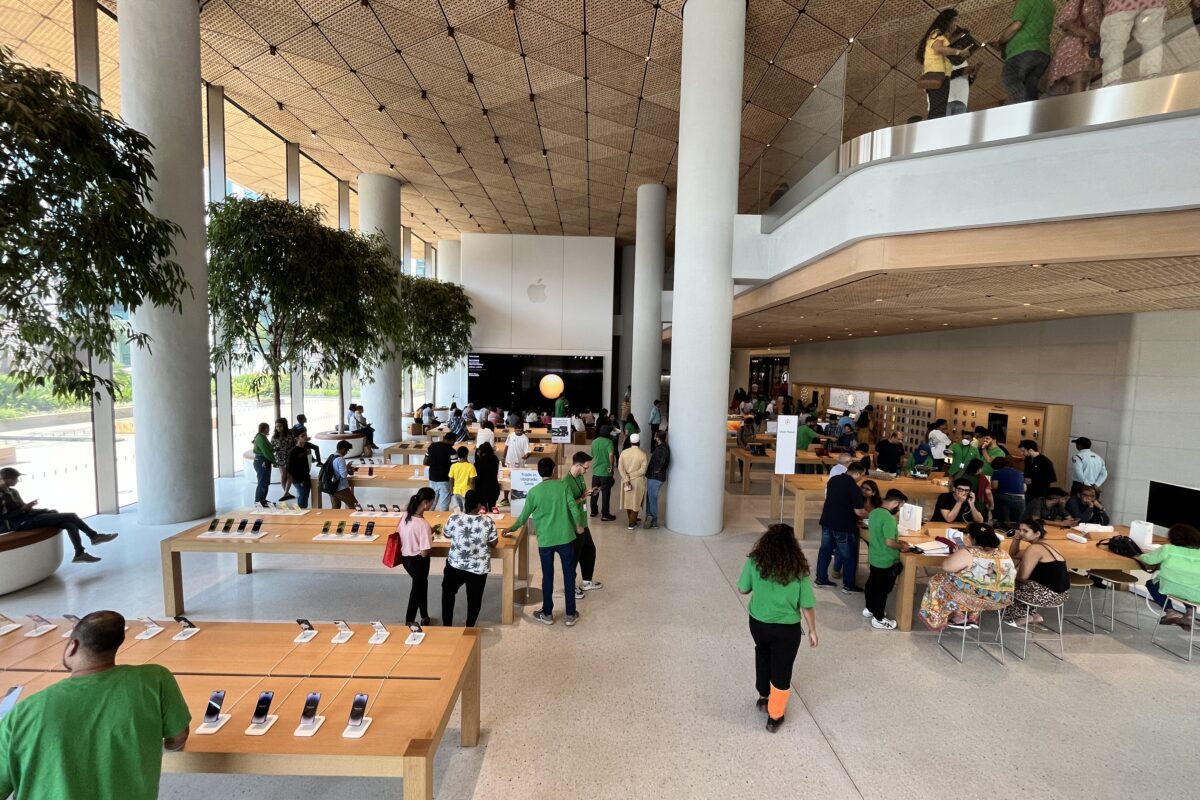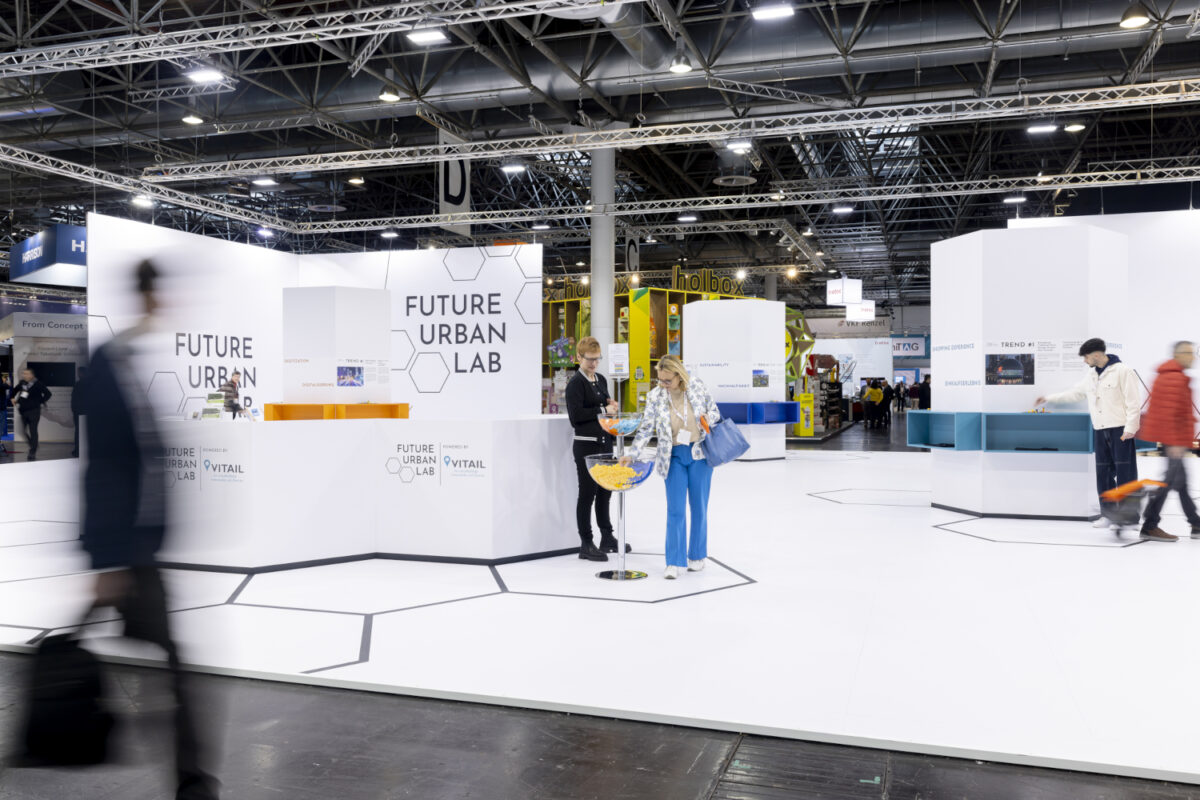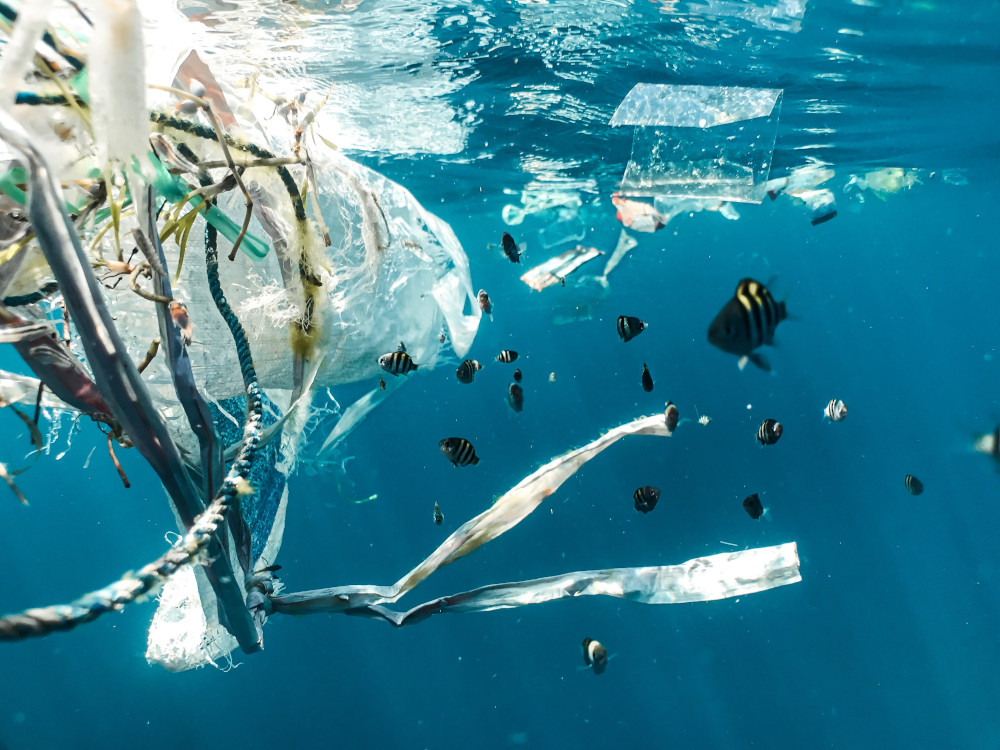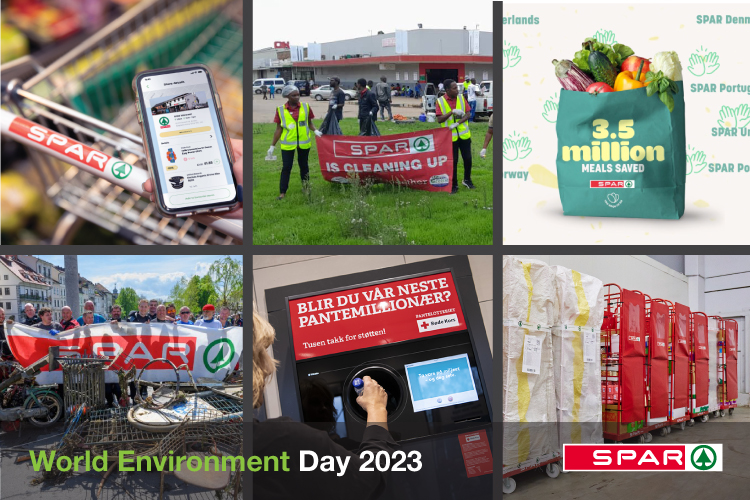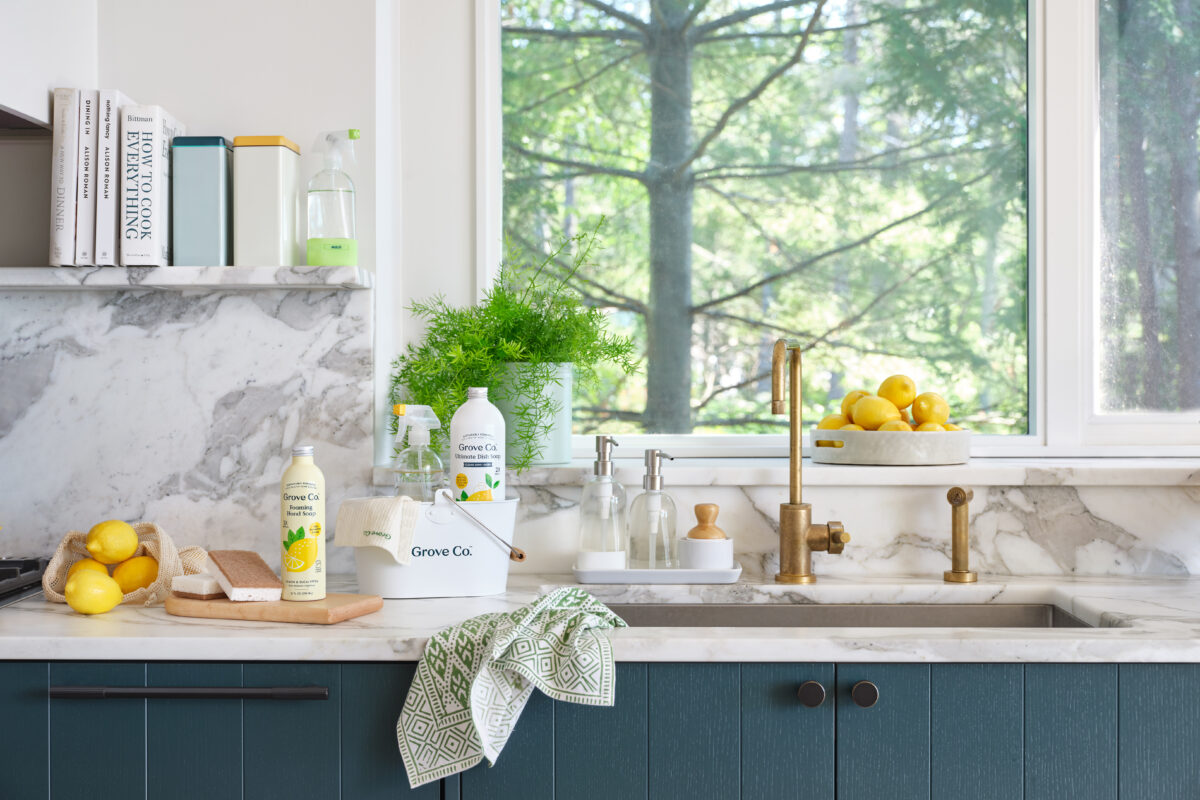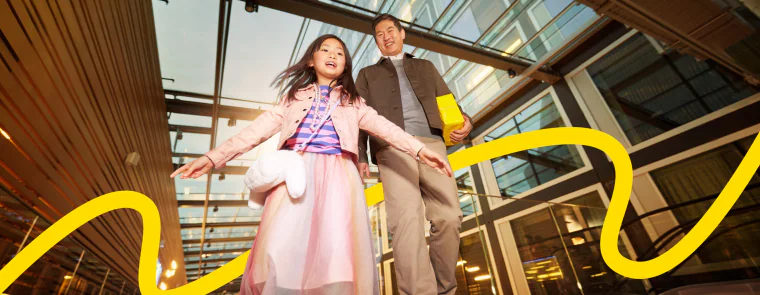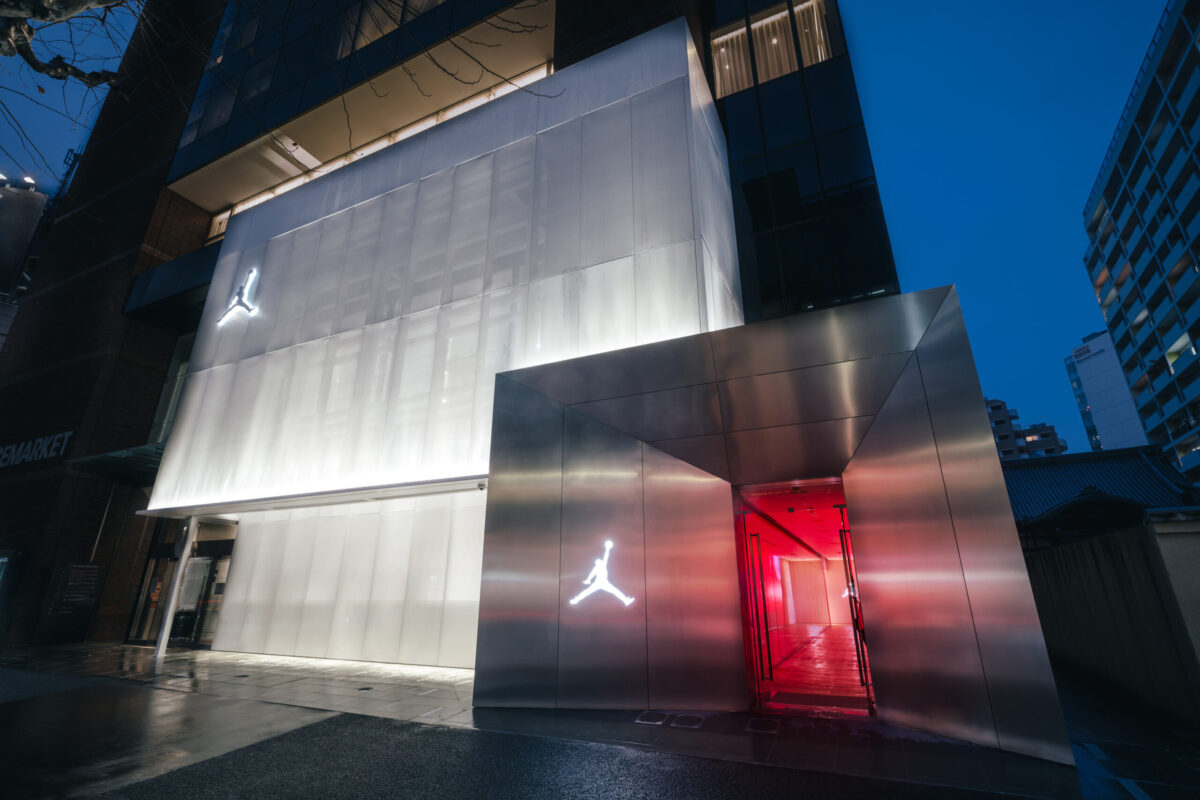How is the sustainability trend shaping the work of store designers?
By Katja Laska (exclusively for EuroShop.mag)
Sustainability is a must-have element when it comes to shopfitting underscored Swantje Donath, Shop Consultant at umdasch The Store Makers, in our interview a few weeks ago.
This time around, we wanted to know how these trends and developments shape the work of store designers and the retail workflow. And once again, she had the answers to our questions.
Sustainability is THE hot topic of the moment. Several weeks ago, we already highlighted the trend as it pertains to shopfitting and store design. Is the issue still merely on the wish list of shoppers or have retailers also embraced a sustainable mindset at this juncture?

Swantje Donath ©PicturePeople
Swantje Donath: Sustainability is an increasingly important issue. Every project – whether it’s a pop-up store, brand experience world, or large-scale retail rollout – starts with the material selection. As mentioned, sustainability is a mega trend that also shapes this area, and emphasizes materials that are of natural origin, recycled, locally produced, biodegradable, yet also durable. Retailers appreciate and value tailor-made solutions and upcycling and recycling products of their own returned products. This guides us through the entire design and shopfitting process.
How has all this shaped your work?
It changes your project planning. Ideally, you integrate and embrace sustainability right from the start and make it part of a holistic approach. That includes:
- Identifying project-specific requirements and challenges.
- Incorporating ecological design or ecodesign at an early stage.
- Thinking about sustainability when remodeling an existing store and using regional and environmentally friendly materials.
- Considering supply chain management processes and the carbon dioxide (CO2) emissions produced by all transportation.
- Using BIM (Building Information Modeling). Similar to the cost estimation of buildings, this approach enables an environmental impact assessment in different stages of construction projects.
Ceiling, floor, walls – shopfitting usually sets off with space-defining materials. How is the environmentally friendly element reflected in this setting?
These materials greatly impact the ambiance of a space. A vast selection of materials available today feature the respective certificates, making it easy to select space-defining materials that suit your needs.
Zero-carbon options and the absence of unpleasant odors can make a big difference: moisture control materials can ensure great indoor air quality. Meanwhile, natural surfaces such as wood are not only durable and a renewable resource, but they also create an organic welcoming atmosphere and are a visual symbol of sustainability.
What about the shopfitting concept?
This is where “eco design” comes in. Flexibility and modularity are especially important when it comes to design concepts:
- Changes should be achieved through extensions or additions without a total remodel to swiftly showcase products in-store in a new and trend-driven manner.
- Shopfitting systems should have a long lifespan and be versatile to optimize the presentation of new collections or product lines or respond to changes in store size.
- Graphics should come in different formats, facilitating quick and easy changes.
- The entire life cycle of a shopfitting system including production, transportation, application, and disposal or reuse must be considered.
Retailers can also score sustainability points when it comes to shopfitting design: new materials with a surprising, unexpected look or properties can promote the brand identity from a design aesthetic. “Customized” materials accentuate the distinct corporate brand identity for example.
Is it true that the team at umdasch The Store Makers already incorporates this issue in the product development process?
We are committed to sustainable product development and life cycle assessments for shopfitting systems and offer our own sustainable products consistent with the “cradle to cradle” principle – i.e., the circular economy. Examples include our “Liquid Dispenser” and the “Green Shelf”.
Digital concepts can also play a part in sustainable shopfitting. For us, digitalization and sustainability are interconnected. Examples here include “Electronic Shelf Labeling” (ESL), which helps retailers reduce food waste thanks to real-time price adjustments, and energy-efficient digital surfaces such as screens and digital signage.




